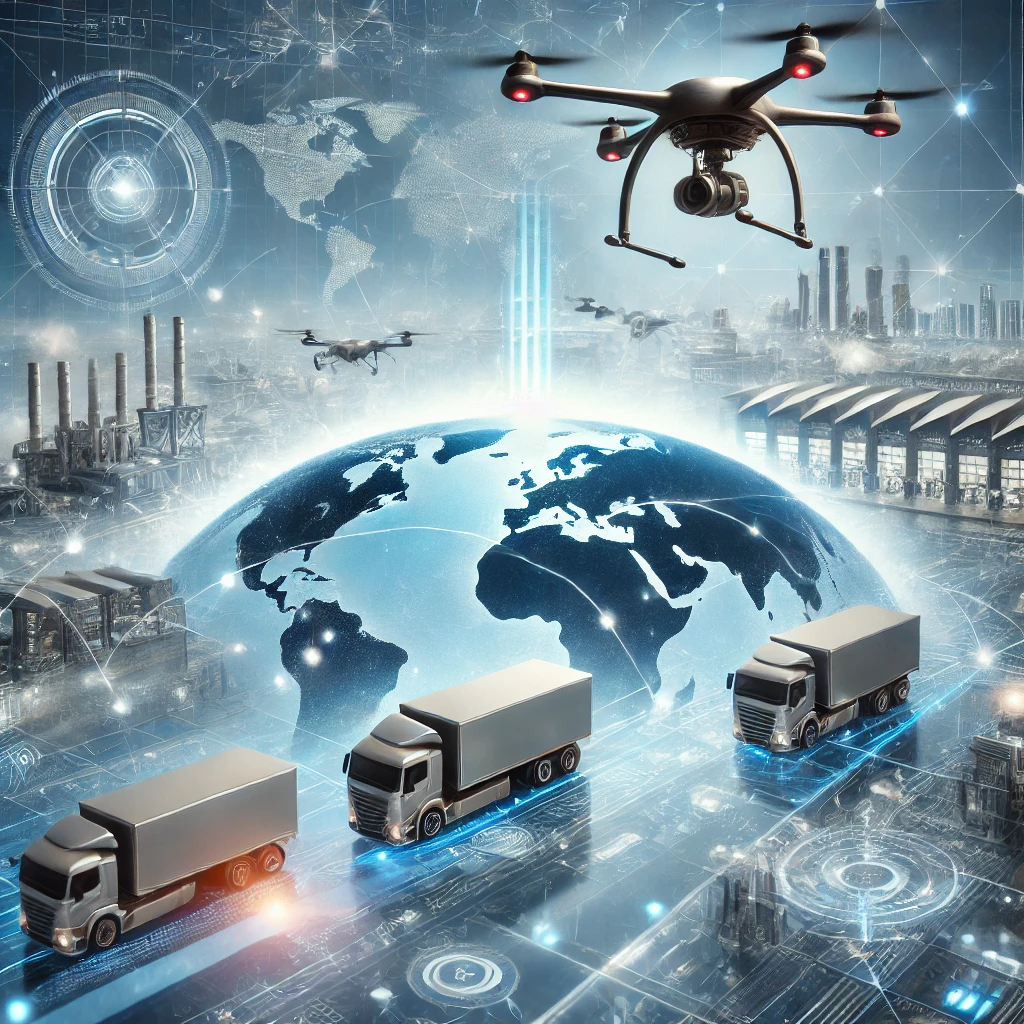Introduction
The third-party logistics (3PL) industry is a critical component of the global supply chain, offering a range of services that include transportation, warehousing, and distribution. As businesses increasingly rely on 3PL providers to optimize their operations, understanding the trends and future directions of this industry is essential for staying competitive. This article explores the current trends in 3PL, predictions for the next decade, and the impact of global economic changes on the sector, enriched by insights from industry experts.
Current Trends in the 3PL Industry
The 3PL industry is experiencing significant changes, driven by advancements in technology, shifts in consumer behavior, and evolving market dynamics. Some of the key trends shaping the industry today include:
- Technology Integration: The adoption of advanced technologies like artificial intelligence (AI), machine learning (ML), and the Internet of Things (IoT) is revolutionizing 3PL operations. These technologies enable real-time tracking, predictive analytics, and enhanced decision-making, leading to more efficient and cost-effective logistics solutions.
- E-commerce Growth: The explosive growth of e-commerce has significantly increased demand for 3PL services. As online retailers seek faster and more reliable delivery options, 3PL providers are expanding their capabilities to offer last-mile delivery, fulfillment centers, and omnichannel logistics.
- Sustainability Initiatives: There is a growing emphasis on sustainability within the 3PL industry. Providers are adopting eco-friendly practices such as using electric vehicles, optimizing routes to reduce emissions, and implementing green warehousing solutions to meet the increasing demand for sustainable logistics.
- Customization and Flexibility: Businesses are seeking more customized and flexible logistics solutions to cater to specific needs. 3PL providers are responding by offering tailored services, scalable solutions, and greater adaptability to changing market conditions.
Predictions for the Future of 3PL
Looking ahead, the 3PL industry is poised for continued growth and transformation over the next decade. Some of the key predictions for the future of 3PL include:
- Increased Automation: Automation will play a pivotal role in the future of 3PL, with robotics, autonomous vehicles, and automated warehouses becoming more prevalent. These innovations will enhance efficiency, reduce labor costs, and improve the speed and accuracy of logistics operations.
- Expansion of Global Networks: As globalization continues, 3PL providers are likely to expand their global networks to offer seamless cross-border logistics solutions. This will involve forming strategic partnerships, investing in infrastructure, and navigating complex regulatory environments.
- Enhanced Data Analytics: The future of 3PL will be data-driven, with providers leveraging big data analytics to gain deeper insights into supply chain performance. Predictive analytics will enable more accurate demand forecasting, inventory management, and risk mitigation.
- Rise of the 4PL Model: Fourth-party logistics (4PL) providers, who manage the entire supply chain on behalf of their clients, may become more prominent. This model offers a higher level of integration and coordination, allowing businesses to outsource not just logistics operations but also supply chain management.
The Impact of Global Economic Changes on 3PL
Global economic changes, including shifts in trade policies, economic downturns, and fluctuating demand, have a profound impact on the 3PL industry. Some of the key factors influencing 3PL include:
- Trade Wars and Tariffs: Changes in trade policies and tariffs can disrupt supply chains, leading to increased costs and delays. 3PL providers must remain agile, adapting to new trade regulations and finding alternative routes or suppliers to mitigate the impact.
- Economic Recessions: During economic downturns, businesses often look to cut costs, which can affect demand for 3PL services. However, this also presents an opportunity for 3PL providers to offer cost-effective solutions and help businesses streamline their operations.
- Supply Chain Resilience: The COVID-19 pandemic highlighted the importance of supply chain resilience. As a result, 3PL providers are focusing on building more resilient and flexible supply chains that can withstand economic shocks and disruptions.
Expert Opinions and Insights
Industry experts suggest that the 3PL sector will continue to evolve, driven by technological advancements and changing market demands. According to a recent industry report, nearly 60% of businesses plan to increase their use of 3PL services over the next five years. Experts also emphasize the need for 3PL providers to invest in technology and innovation to stay competitive.
For instance, John Doe, CEO of a leading 3PL company, notes, “The future of 3PL lies in our ability to harness technology and data to deliver more efficient, sustainable, and customized logistics solutions. Those who adapt to these changes will thrive in the evolving landscape.”
Conclusion
The future of third-party logistics is bright, with significant opportunities for growth and innovation. As the industry continues to adapt to technological advancements, global economic changes, and shifting consumer expectations, 3PL providers must remain agile and forward-thinking. By embracing new technologies, expanding global networks, and focusing on sustainability, 3PL providers can position themselves for success in the decade ahead.
